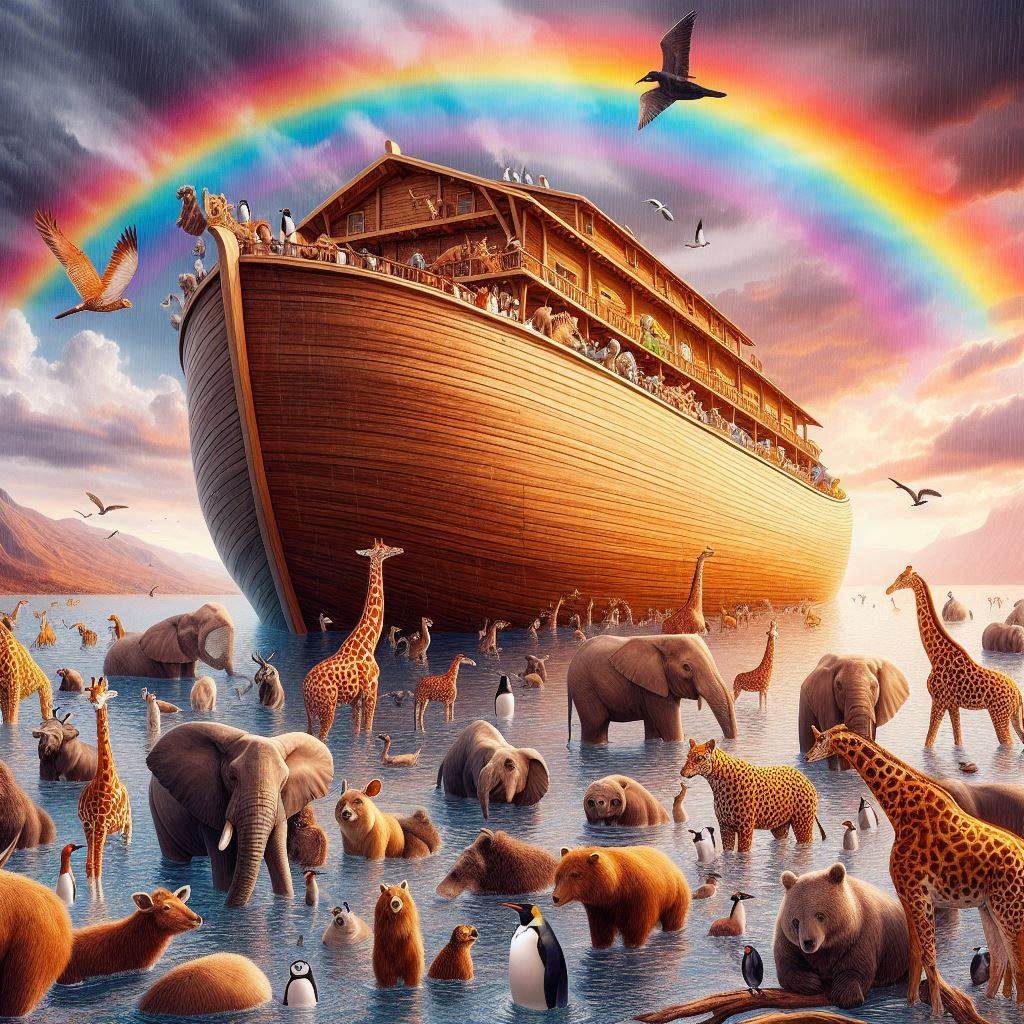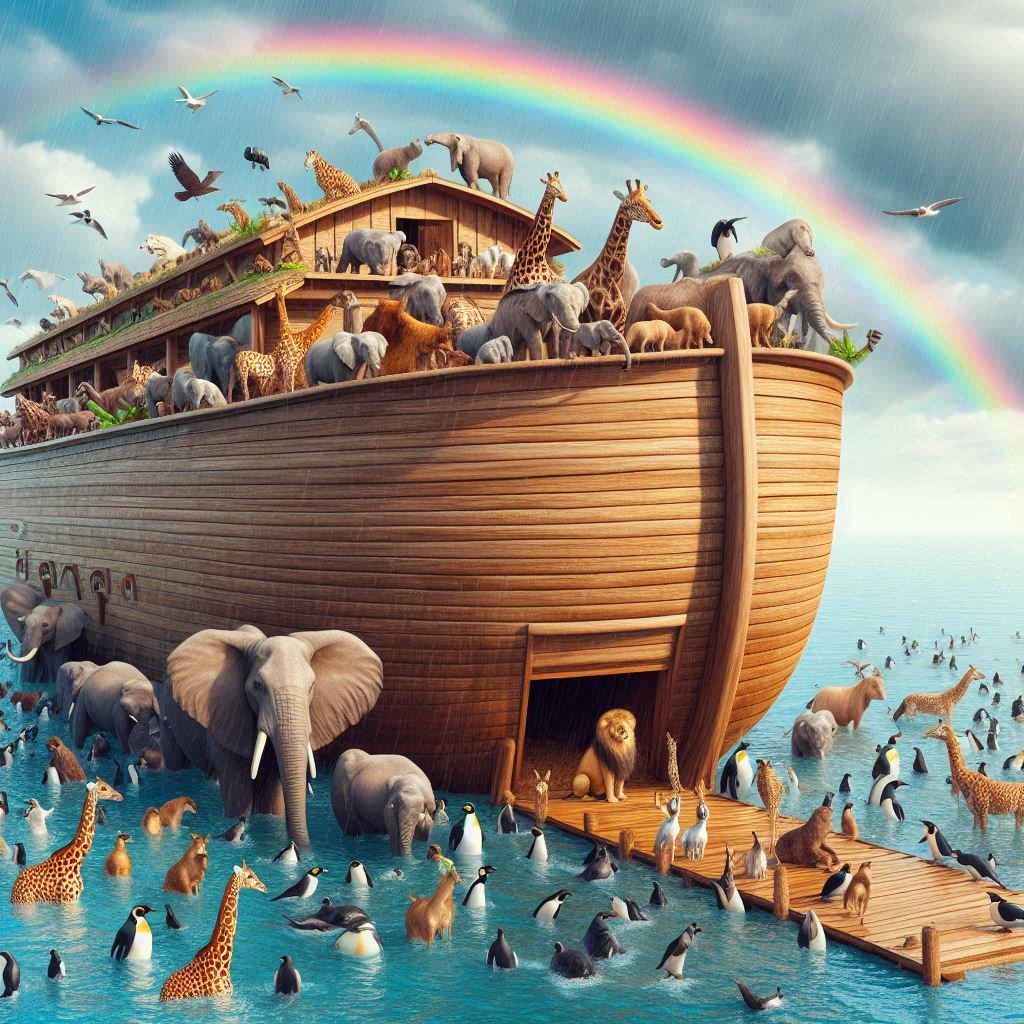Rainbows are one of nature’s most beautiful phenomena, a breathtaking display of colors arching across the sky after a rainstorm. In Judaism, the appearance of a rainbow is not only a stunning visual spectacle but also a spiritually significant event. When a Jewish person sees a rainbow, there is a specific blessing, or bracha, that is recited to acknowledge this moment. This blessing is a reminder of the covenant between God and humanity.


The Significance of the Rainbow in Judaism
The significance of the rainbow dates back to the story of Noah in the Torah. After the flood that destroyed much of the world, God made a covenant with Noah, promising never to destroy the earth with a flood again. The rainbow serves as the sign of this everlasting covenant:
“I have set my rainbow in the clouds, and it will be the sign of the covenant between me and the earth.” (Genesis 9:13)
וְהָיָה בְּעַנְנִי עָנָן עַל-הָאָרֶץ וְנִרְאֲתָה הַקֶּשֶׁת בֶּעָנָן
This covenant is a powerful reminder of God’s mercy and the promise of protection for all generations.
The Blessing (Bracha) for Seeing a Rainbow
When a Jewish person sees a rainbow, they recite a specific blessing to recognize and honor this divine sign. The blessing is:
בָּרוּךְ אַתָּה ה’ אֱ-לֹהֵינוּ מֶלֶךְ הָעוֹלָם זוֹכֵר הַבְּרִית, וְנֶאֱמָן בִּבְרִיתוֹ, וְקַיָּם בְּמַאֲמָרוֹ.
Transliteration:
Baruch Atah Adonai Eloheinu Melech Ha’olam, zocheir habrit, v’ne’eman bivrito, v’kayam b’ma’amaro.
Translation:
Blessed are You, Lord our God, King of the Universe, Who remembers the covenant, is faithful to His covenant, and fulfills His word.
This blessing encapsulates several key elements:
- Zocheir Habrit (Remembers the Covenant): Acknowledging that God remembers the promise made to Noah and his descendants.
- Ne’eman Bibrito (Faithful to His Covenant): Affirming God’s faithfulness to the promises made.
- Kayam B’ma’amaro (Fulfills His Word): Recognizing that God’s word is enduring and true.
Reflecting on the bracha on rainbow
Reciting the bracha for a rainbow is more than just a ritual; it’s an opportunity for reflection and gratitude. It’s a moment to pause and appreciate the natural world and the divine assurance of protection and mercy. The beauty of the rainbow is a visual representation of hope and faith, reminding us that even after the storm, there is beauty and light.
The Jewish Rainbow Blessing
The next time you see a rainbow, take a moment to say the bracha (blessing). Let it be a reminder of the enduring promises and the beauty that follows the storm. In reciting this blessing, you are participating in a millennia-old tradition, finding the sacred in the natural wonders of our world.
